Advocacy in Favor of Authentic Italian-American Food
Michele Scicolone is an old friend of mine, and I respect her work greatly. But in her coverage of the panel I chaired last week at Vino 2010 on the subject of Italian-American food....I could not agree less with her tunnel-vision remarks!
I presented a snippet of a TV pilot I'm working on, which is my attempt to engender interest in the type of Italian-American food I grew up with many decades ago, in Brooklyn and Queens. In my view, that particular cuisine--with its manicotti, lasagne, chicken cacciatore, veal parmigiana--had a glorious heyday in the U.S. One of the reasons is that the very best chefs working in Italian restaurants in New York in the '50s and '60s were creating fantastic versions of these dishes; there was nothing else.
Then, in the 1970s, a wave of things came along that changed Italian food in America: the sensibility of "Northern Italian," the mania for fresh pasta, the centrality of balsamic vinegar, the sudden primacy of radicchio, etc. Every important Italian chef in America moved in this direction. No one remained behind to cook excellent versions of the old-style Italian-American. The result, for the kind of Italian-American food with which I grew up, was disastrous. Believe me, I know what happened to it. It became shoddy, heavy, uninteresting. I know it full well. My kids grew up thinking that eggplant parmigiana is something awful you get at the mall; I grew up thinking it was three-star food.
Some of the most disturbing food writing occurs when authors try to protect turf. Michele, I'm sure, grew up in an Italian-American home that was offering its own version of the Italian experience in America. I've no doubt that her parents, and relatives, and neighbors, created a spectacular brand of Italian-American food that wasn't manicotti, lasagne, chicken cacciatore, veal parmigiana (though it's worth noting that my Sundays at Frankie Migliorino's house in Moonachie, New Jersey, support my memories of those years, not Michele's).
But....yes. I gladly concede that point. The Italian-American food of which I sing was created in Italian-American restaurants to appeal to their customers. Were their customers simply rubes off the street who said "I want food that's heavy and gloppy?" Did none of them know more than zero about Italy? Did not Italian-Americans--I'm talking Sinatra era, Dean Martin, Louis Prima--did they not lustily and famously embrace this cuisine?
I don't think these guys had a lack of taste....I think the Linguine with White Clam Sauce they ate in the 1950s was exceptionally good! But I can walk into 50 restaurants today, and find nothing but mediocre Linguine with White Clam Sauce! The chef is too busy stirring his white truffle risotto!
And that's my point, exactly. If some of today's most talented chefs would simply pay attention to this historic food--which, in excellent form, ruled Italian cuisine in America from the beginning of the 20th century to roughly 1975--there'd be a huge revival in this kind of cooking, with delightful quality upgrades. Who says it has to be heavy and gloppy? You can do it with great ingredients, improved technique, a lightened touch. I know you can....I do it all the time. Believe me, I'm no neophyte when it comes to judging food quality. If I thought this cuisine was intrinsically flawed--forget the nostalgia! I'd drop it like a hot meatball hero! But it is most certainly not flawed, intrinsically. Treat it well--which no one does today--and it has infinite possibilities.
Since the demise of Italian-American food in 1975 or so, I've spent decades traveling the world in pursuit of the best cuisines anywhere and everywhere. The number of Michelin stars I've seen would add up to a corner of the sky on a clear summer night in Iowa. And I'm here to tell you that the old-fashioned Italian-American food I used to eat at Angelo's on Flatbush Avenue in the 1960s was among the greatest food I've ever eaten anywhere. Unfortunately, Angelo, who was from Naples, died.....and so did a whole generation of chefs with him.
If anyone wants to know what Italian-American food was like in tasteful immigrant households in the 1960s--made by cooks who did not fall into the red sauce syndrome, but were bent on creating food that more precisely mirrored the food back in Italy--call Michele Scicolone! Her food is great food, and I personally want to eat more of it, want to learn more about it!
But for her to opine in print that my pilot should never see the light of day because it doesn't reflect the food her family and circle had at home.....I don't get that! We all want Michele's sector to succeed.....but some of us, believe it or not, have other tastes and other memories.
David Rosengarten is an American chef, author and television personality, who has hosted more than 2500 television program episodes. He was a contributing editor for Gourmet magazine from 1995 to 1999, and was that magazine's New York restaurant critic. He published articles in several US newspapers including the New York Times, the New York Daily News, the New York Observer, and was the weekly wine columnist of Newsday.
David Rosengarten author of several books, including David Rosengarten Entertains: Fabulous Parties for Food Lovers (2004); It's All American Food: The Best Recipes for More Than 400 New American Classics (2003); The Dean & DeLuca Cookbook (1996); Red Wine with Fish: The New Art of Matching Wine with Food (1989)






























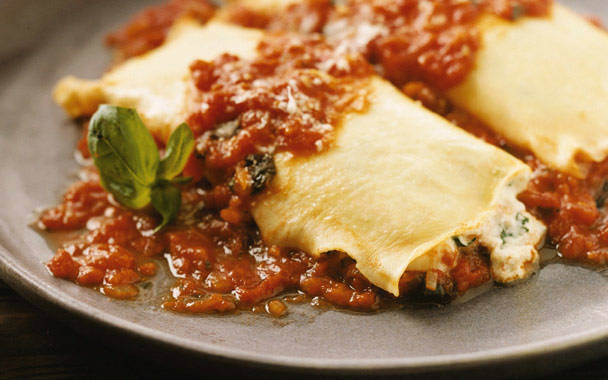
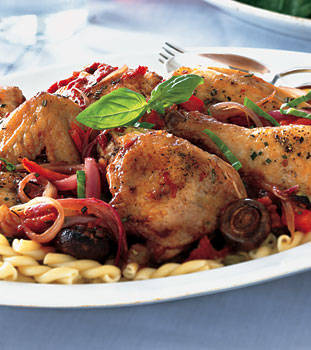
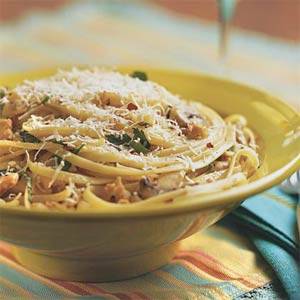
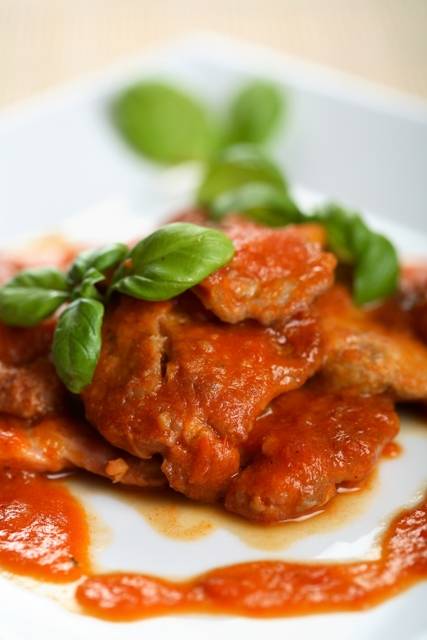
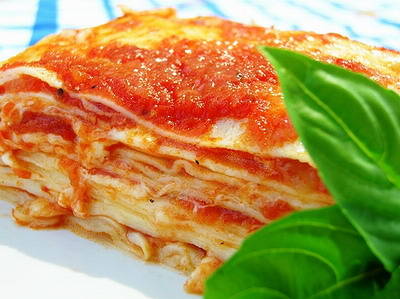
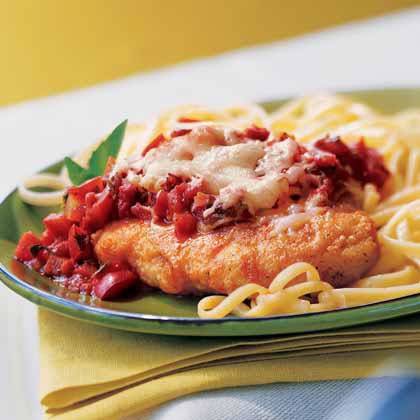



i-Italy
Facebook
Google+
This work may not be reproduced, in whole or in part, without prior written permission.
Questo lavoro non può essere riprodotto, in tutto o in parte, senza permesso scritto.